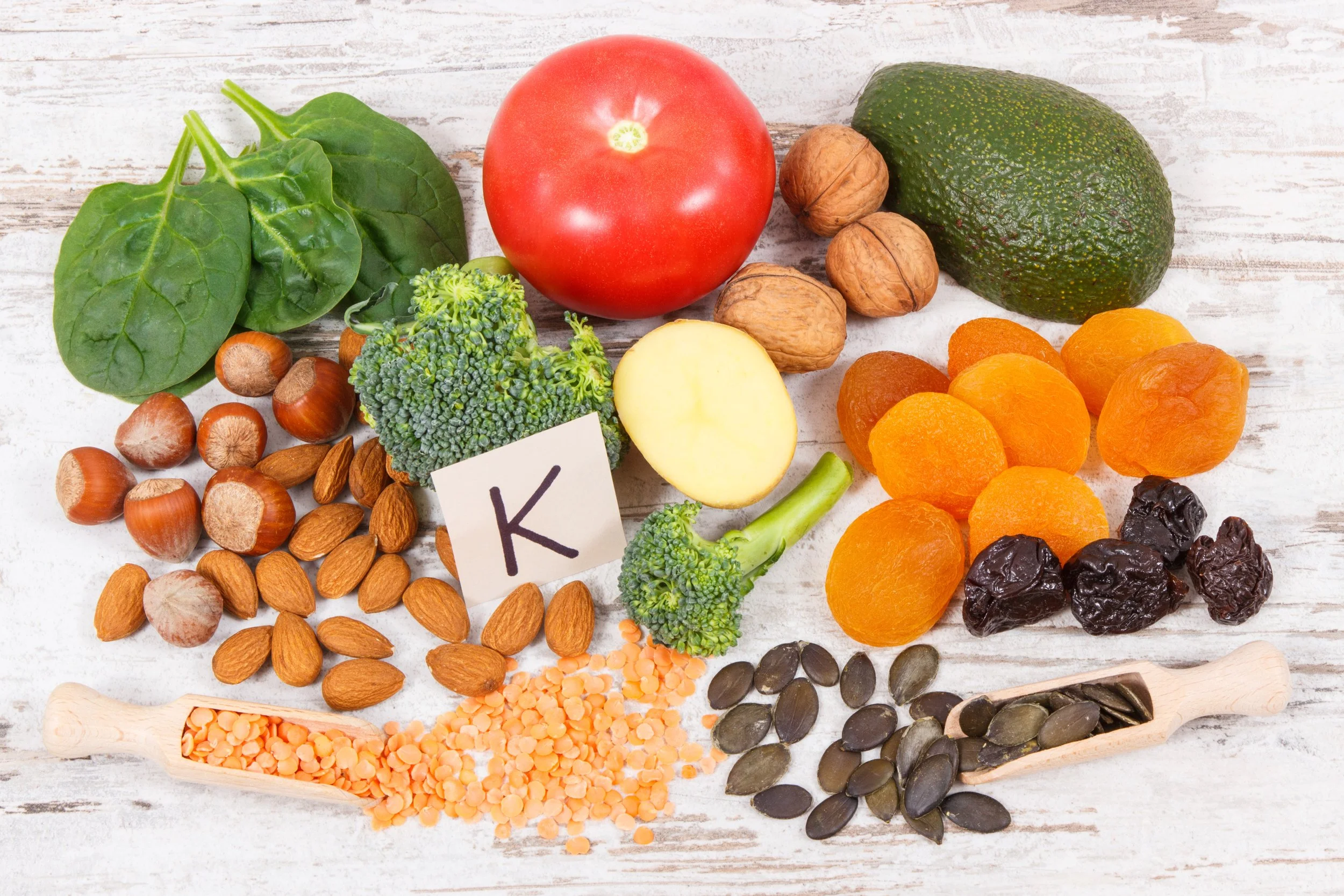Vitamin K
“You are what you eat, so don’t eat the fast, cheap, easy or fake.“
———Anonymous
The Quiet Clot Boss You’ve Been Ignoring
Let’s be honest—Vitamin K doesn’t get the fanfare of Vitamin D or the glowing skin press of Vitamin E. It’s not sexy. It’s not trending. But it should be—because without enough of it, your body can’t do one of the most important things it was designed to do: stop bleeding.
Yep. You could have the cleanest diet, the best bones, and a gym routine that makes people jealous—but without enough Vitamin K, a small cut could turn into a big problem. And that’s just the beginning.
Let’s give Vitamin K the credit it’s due, Health instrument style
🩸 1. The Blood Clot Commander
First and foremost, Vitamin K is the reason you don’t bleed out from a paper cut. It activates proteins that help your blood clot properly. No K? No clot. That’s a hard no.
If you’re low on K, your blood takes longer to stop flowing—internally and externally. That means bruises for no reason, prolonged bleeding, and even complications during surgery or dental work.
🦴 2. Bone Health’s Secret Weapon
Think bones are just about calcium and Vitamin D? Think again. Vitamin K plays a critical role in regulating calcium—getting it into your bones and out of your arteries, where it doesn’t belong.
Low K = weak bones and higher risk of fractures. It’s a major player in keeping your skeleton sturdy, especially as you age. It’s like the foreman on a bone-building construction site—coordinating the calcium crew.
❤️ 3. Artery Protector Extraordinaire
You don’t want your arteries hardening like week-old toast. Vitamin K helps prevent arterial calcification—the buildup of calcium in places where it shouldn’t be, like the walls of your blood vessels.
This means better cardiovascular health, lower risk of heart disease, and more flexibility in your circulatory system. Think of it as the body’s natural anti-calcification system.
🍃 4. Where Do You Get It?
Vitamin K comes in two main forms:
• K1 (phylloquinone): Found in leafy greens like kale, spinach, collards, broccoli, and Brussels sprouts.
• K2 (menaquinone): Found in fermented foods like natto, certain cheeses, eggs, butter from grass-fed cows, and even some meats.
K2 tends to stick around longer in the body and may be more beneficial for heart and bone health, while K1 is more focused on clotting.
Want both? Eat a variety. Your bones, blood, and heart will thank you.
💊 5. A Word About Meds: This Is Important
If you’re on blood thinners like warfarin (Coumadin), listen up. Vitamin K directly affects how these medications work. It doesn’t mean you should avoid K—it just means your intake needs to be consistent.
Sudden spikes or drops in K-rich foods can throw your INR (blood clotting measurement) way off. Always talk to your doc before changing your diet or taking supplements.
Also: high doses of Vitamin K might interact with cholesterol meds, antibiotics, or anti-seizure meds—so if you’re on prescriptions, check before you supplement.
⚠️ 6. Signs You Might Be Low on Vitamin K
• Easy bruising
• Bleeding gums
• Frequent nosebleeds
• Heavy menstrual flow
• Bone loss or fractures
• Long clotting time after cuts
Deficiencies are rare in healthy adults but can show up if you’ve been on antibiotics, have liver disease, or aren’t absorbing fats properly.
Final Take?
Vitamin K isn’t just a background player—it’s a vital nutrient that helps your blood, bones, and heart function smoothly every day.
You don’t need mega-doses or fancy supplements (unless your doc says so). Just eat your greens, throw in some fermented foods, and if you’re over 40 or on meds, keep your intake consistent and check in with your healthcare provider.
Because in the world of vitamins, K is the one that keeps things from falling apart… literally.

